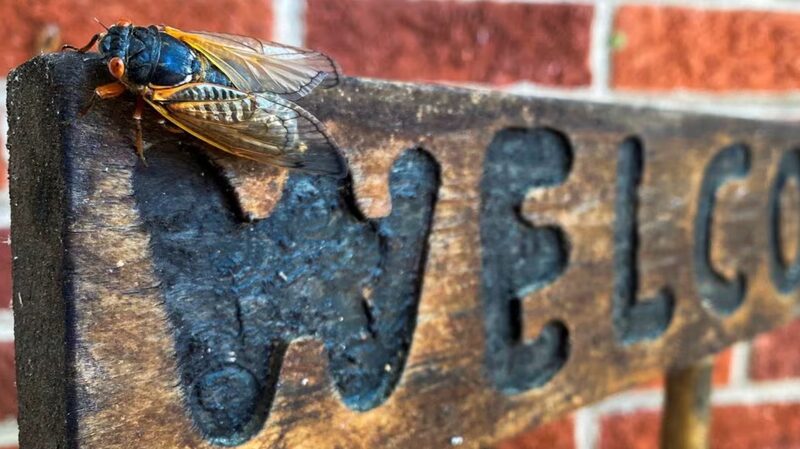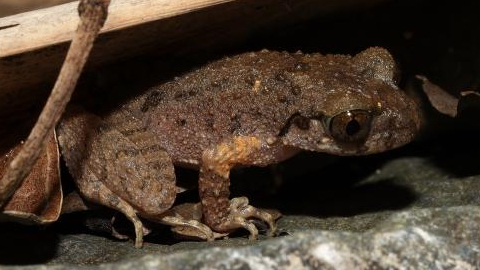Imagine stepping outside and hearing a symphony of buzzing so loud it feels like a live concert—only it's from trillions of cicadas emerging from the ground! Get ready, because parts of the United States are about to witness a once-in-a-lifetime natural phenomenon this spring. 🌸
What's Buzzing? 🐞
This isn't just any cicada emergence. Two enormous broods of periodical cicadas are set to pop up simultaneously for the first time in 221 years! Starting around April, more than a trillion of these noisy insects will crawl out from underground, filling the air with their distinctive songs.
Meet the Cicadas 🦗
Cicadas are pretty cool bugs—about 1 to 2 inches long, with big shiny eyes and transparent wings. They spend most of their lives underground as nymphs, sipping on plant juices from tree roots. But when it's time, they emerge in massive numbers to molt, mate, and make a lot of noise!
The Big Broods 🌳
So, what's the deal with these broods? Brood XIII and Brood XIX are the stars of this show. Brood XIII, on a 17-year cycle, hangs out mostly in northern Illinois, eastern Iowa, southern Wisconsin, and a bit of Indiana. Brood XIX, on a 13-year cycle, is more of a traveler, stretching across 15 states from the South to the Midwest.
The mind-blowing part? These two broods only overlap in central Illinois, making this dual emergence super rare. It's cicada magic happening right beneath our feet!
When and Where to Catch the Action 📅🌎
Mark your calendars! The cicadas are expected to begin their grand entrance in mid-April in the southern regions, moving northward into June. They'll be around in states like Alabama, Arkansas, Georgia, Illinois, Indiana, and more. If you live in or are traveling to these areas, get ready for an unforgettable experience!
Why All the Buzz? 🎶
Male cicadas are all about the music—they \"sing\" by vibrating special organs called tymbals to attract females. Their songs can be incredibly loud, and each species has its own unique tune. It's like nature's own music festival, but with a lot more wings!
The Cicada Life Cycle 🐣
After emerging, cicadas mate, and the females lay eggs in tree branches. When the eggs hatch, tiny nymphs fall to the ground and burrow underground, starting the cycle all over again. And then, they disappear for 13 or 17 years. Talk about playing the long game!
Cicadas and Us 🌱
While they might seem a bit overwhelming, cicadas are harmless to humans and play a role in the ecosystem. They aerate the soil and provide a feast for birds and other animals. Plus, their emergence is a reminder of the incredible rhythms of nature.
See You in 2245! 🚀
If you miss this spectacle, you'll have to wait until the year 2245 to see these two broods emerge together again. That's right—a 221-year wait! So don't miss out on this natural wonder that's centuries in the making.
Tips for Enjoying the Cicada Swarm 📝
- Embrace the Noise: It's not every day you get a live soundtrack provided by nature!
- Protect Young Trees: If you have young saplings, consider protecting them, as cicadas may lay eggs in small branches.
- Share the Experience: Snap photos, record videos, and share this unique event with friends and family. #CicadaSwarm2023
So get your cameras ready, and maybe some earplugs 😉, because the cicadas are coming, and it's going to be epic!
Reference(s):
cgtn.com



